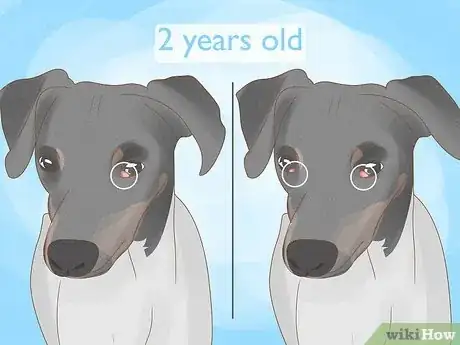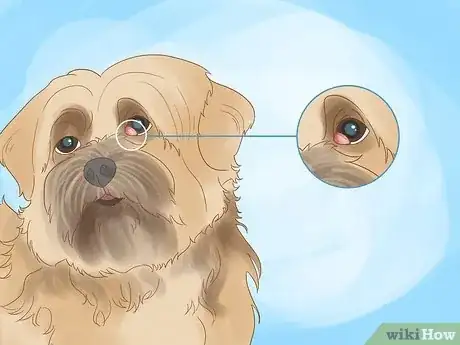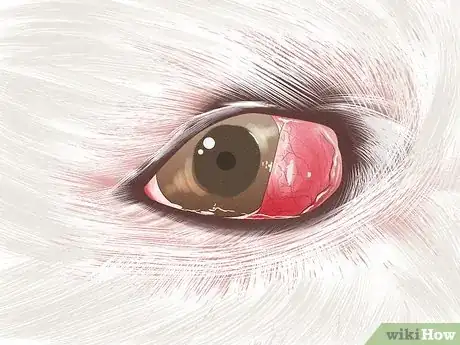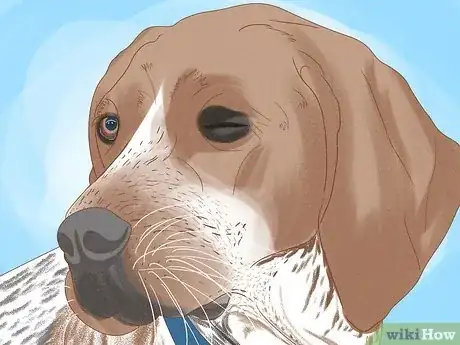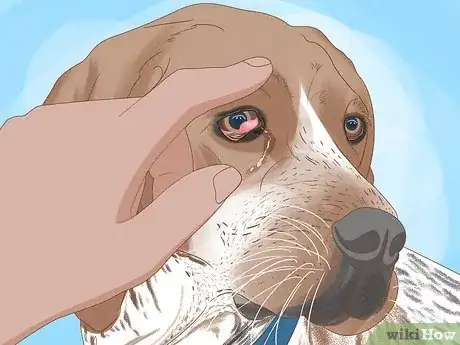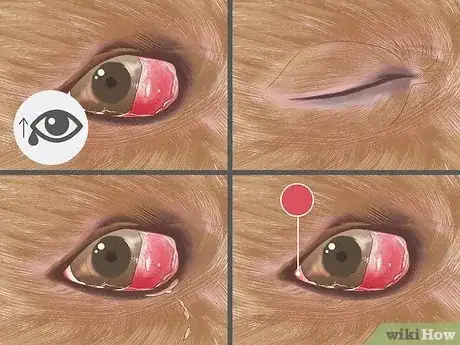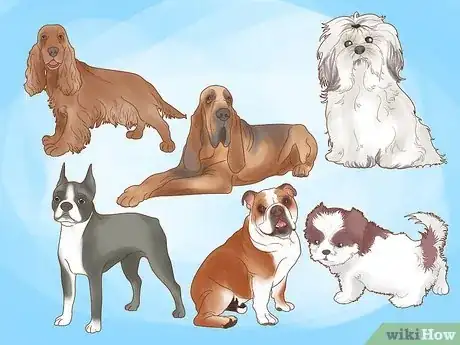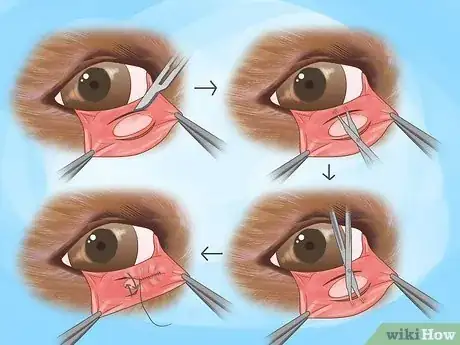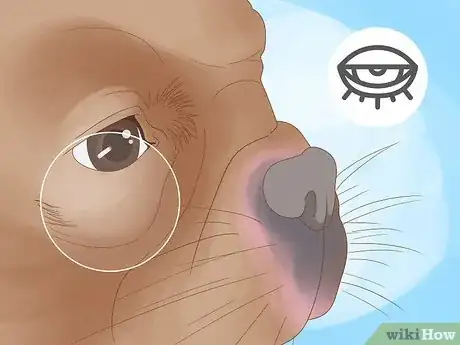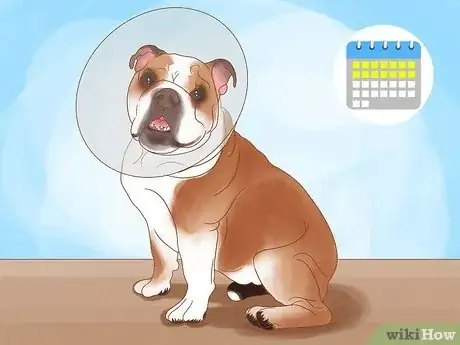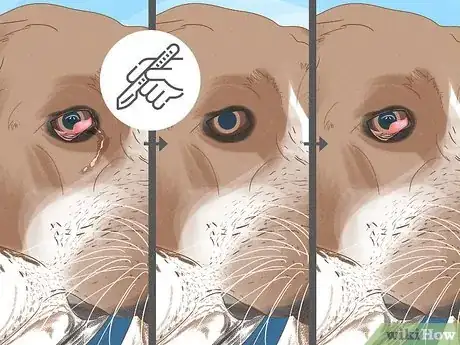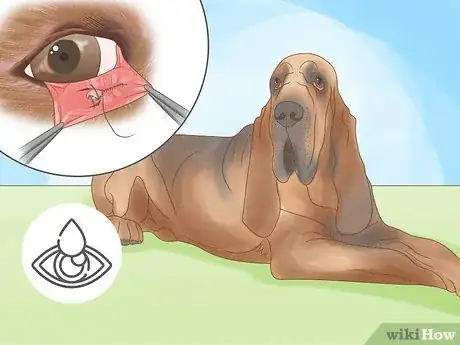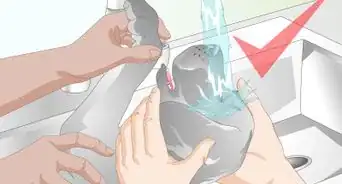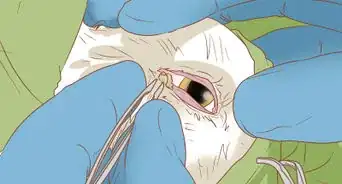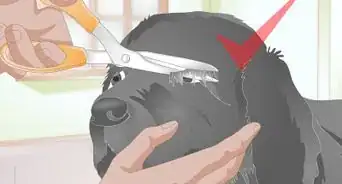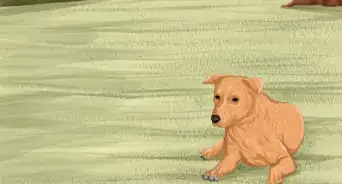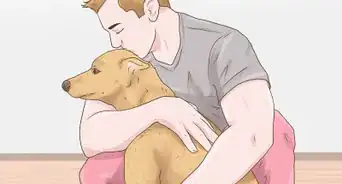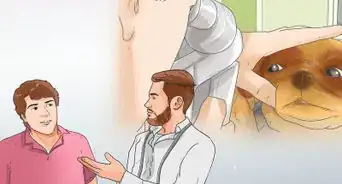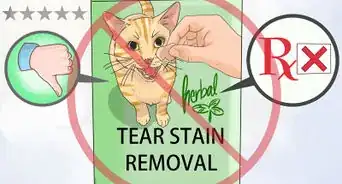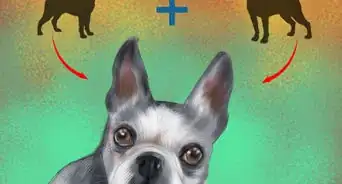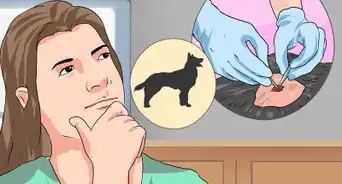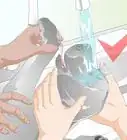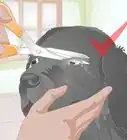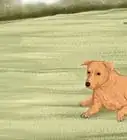This article was co-authored by Beverly Ulbrich and by wikiHow staff writer, Madeleine Criglow. Beverly Ulbrich is a Dog Behaviorist and Trainer and the Founder of The Pooch Coach, a private dog training business based in the San Francisco Bay Area. She is a Certified CGC (Canine Good Citizen) Evaluator by the American Kennel Club and has served on the Board of Directors for the American Humane Association and Rocket Dog Rescue. She has been voted the best private dog trainer in the San Francisco Bay Area 4 times by SF Chronicle and by Bay Woof, and she has won 4 "Top Dog Blog" awards. She has also been featured on TV as a dog behavior expert. Beverly has over 18 years of dog behavior training experience and specializes in dog aggression and anxiety training. She has a Master of Business Administration from Santa Clara University and a BS from Rutgers University.
There are 13 references cited in this article, which can be found at the bottom of the page.
This article has been viewed 13,634 times.
If you spot a red, swollen bulge at the corner of your dog's eye, it's possible that they have cherry eye. Cherry eye is a common condition that your dog can absolutely overcome with the right treatment. If you're concerned about your pup, this article is here to help! Read on for everything you need to know about cherry eye, the symptoms of the condition, and your dog's treatment options. We'll also provide details on recovery, potential complications, and the ways you can help your dog heal.
Steps
Symptoms of Cherry Eye
-
1Red, swollen tissue on the corner of the eye. If you notice a small, pinkish-red bulge on the inner corner of one or both of your dog's eyes, this is most likely cherry eye. The bulging tissue may only be visible sometimes. In other cases, the tissue may cover a large portion of your dog's eye and remain visible at all times.[2]
-
2Watery eyes. Officially known as epiphora, cherry eye can cause your dog to produce excessive tears. This will make their eyes appear watery or as if they are constantly crying.[3]
-
3Squinting. This is a sign that your dog is experiencing pain in their eye. If this is accompanied by a small, red mass at the inner corner of one or both of their eyes, your dog likely has cherry eye.[4]
-
4Pus and drainage from the eye. Sometimes, cherry eye can cause other infections in your dog's eye. If that's the case, you might notice yellow mucus or pus draining from their eye.
-
5Dry eye (Keratoconjunctivitis sicca). If cherry eye is not treated in its early stages, it can eventually cause chronic dry eyes, a serious condition in dogs. Symptoms of dry eye include:[5]
- Lack of tear production
- Persistent squinting
- Pus-like discharge
- Red eyes
Surgical Treatment Options for Cherry Eye
-
1In most cases, your vet will recommend the tucking method. During this surgery, your veterinarian will place a stitch through the gland to guide it back to its correct location in the third eyelid.[8] This stitch will permanently remain in your dog's eye, holding the gland in its proper place.
- This surgery is sometimes called "tacking."
- Though this surgery is the most common and successful treatment method, sometimes, the stitch doesn't hold permanently. In that case, your dog may have to undergo additional surgeries to get another stitch in their eye.
-
2Your vet may suggest imbrication if the tucking method doesn't hold. In this surgery, your veterinarian will take out a small portion of tissue located above your dog's third eyelid gland. Once the tissue is removed, your vet will close the gap left in its place by adding small stitches that tighten the connection between the gland and the third eyelid. These stitches will dissolve later on, but the attachment should remain secure.[9]
- This surgery is relatively new compared to other methods.
- Your dog may experience swelling at the sight of the stitches as they dissolve. Though surgeries are usually successful, it's possible the stitches won't hold, causing the gland to prolapse again.
-
3Vets only recommend removing the gland in extreme, recurrent cases. This was once the most popular option, but it's fallen out of favor in recent years. Vets rarely perform the procedure due to the third eyelid gland's importance to a dog's overall eye health. If the gland is removed, your dog's ability to produce tears will be significantly lessened. This can result in medical complications like dry eye, which can be costly to treat and impact your dog's sight.[10]
- The third eyelid gland produces 30 to 40% of your dog's tears, which is why veterinarians try to avoid removing it if at all possible.
- Your veterinarian may still recommend this treatment if they have exhausted all other treatment options.
Potential Complications
-
1Cherry eye may reoccur despite your dog's surgical treatment. Sometimes, dogs need more surgeries to completely treat the condition and prevent it from reoccurring. If your pup only had cherry eye in one of their eyes, they may go on to experience it in the other eye later on in life. If you notice cherry eye reoccurring or catch signs of it in your dog's opposite eye, contact your veterinarian to make sure they get treatment.[15]
- If the cherry eye comes back, you may be tempted to ignore it due to the cost of treatment. It's best to get your dog the treatment they need, though, as untreated cherry eye can lead to costly conditions like dry eye (Keratoconjunctivitis sicca).
-
2If your dog's third eyelid gland is removed, they may develop dry eye. In serious, reoccurring cases, sometimes a veterinarian will decide to remove the third eyelid gland. If that's the case, your dog may develop dry eye (Keratoconjunctivitis sicca) due to a lack of tear production.[16]
- If your dog develops dry eye, your veterinarian will prescribe lifelong medication, like artificial tears, to help them with their condition.
References
- ↑ https://www.merckvetmanual.com/eye-diseases-and-disorders/ophthalmology/nasolacrimal-and-lacrimal-apparatus
- ↑ https://vetmed.tamu.edu/news/pet-talk/seeing-the-signs-what-to-know-about-cherry-eye-in-dogs/
- ↑ https://veterinarypartner.vin.com/default.aspx?pid=19239&catId=102898&id=4951527
- ↑ https://www.akc.org/expert-advice/health/dog-eye-infections/
- ↑ https://todaysveterinarypractice.com/diagnosis-treatment-of-keratoconjunctivitis-sicca-in-dogs/
- ↑ https://www.acvo.org/common-conditions-1/2018/2/2/cherry-eye
- ↑ https://www.ncbi.nlm.nih.gov/pmc/articles/PMC6024657/
- ↑ https://aces.illinois.edu/news/cherry-eye-not-scary-it-looks
- ↑ https://www.ncbi.nlm.nih.gov/pmc/articles/PMC6163435/
- ↑ https://www.acvo.org/common-conditions-1/2018/2/2/cherry-eye
- ↑ https://www.vetinfo.com/cost-cherry-eye-surgery.html
- ↑ https://www.vin.com/apputil/content/defaultadv1.aspx?id=3860708&pid=11242&
- ↑ https://www.acvo.org/tips-treatments-tricks/54r94fwbztl3l6b36yx8mhfzr577gr?rq=elizabethan%20collar
- ↑ https://veterinarypartner.vin.com/default.aspx?pid=19239&id=5467568
- ↑ https://aces.illinois.edu/news/cherry-eye-not-scary-it-looks
- ↑ https://vetmed.tamu.edu/news/pet-talk/seeing-the-signs-what-to-know-about-cherry-eye-in-dogs/
